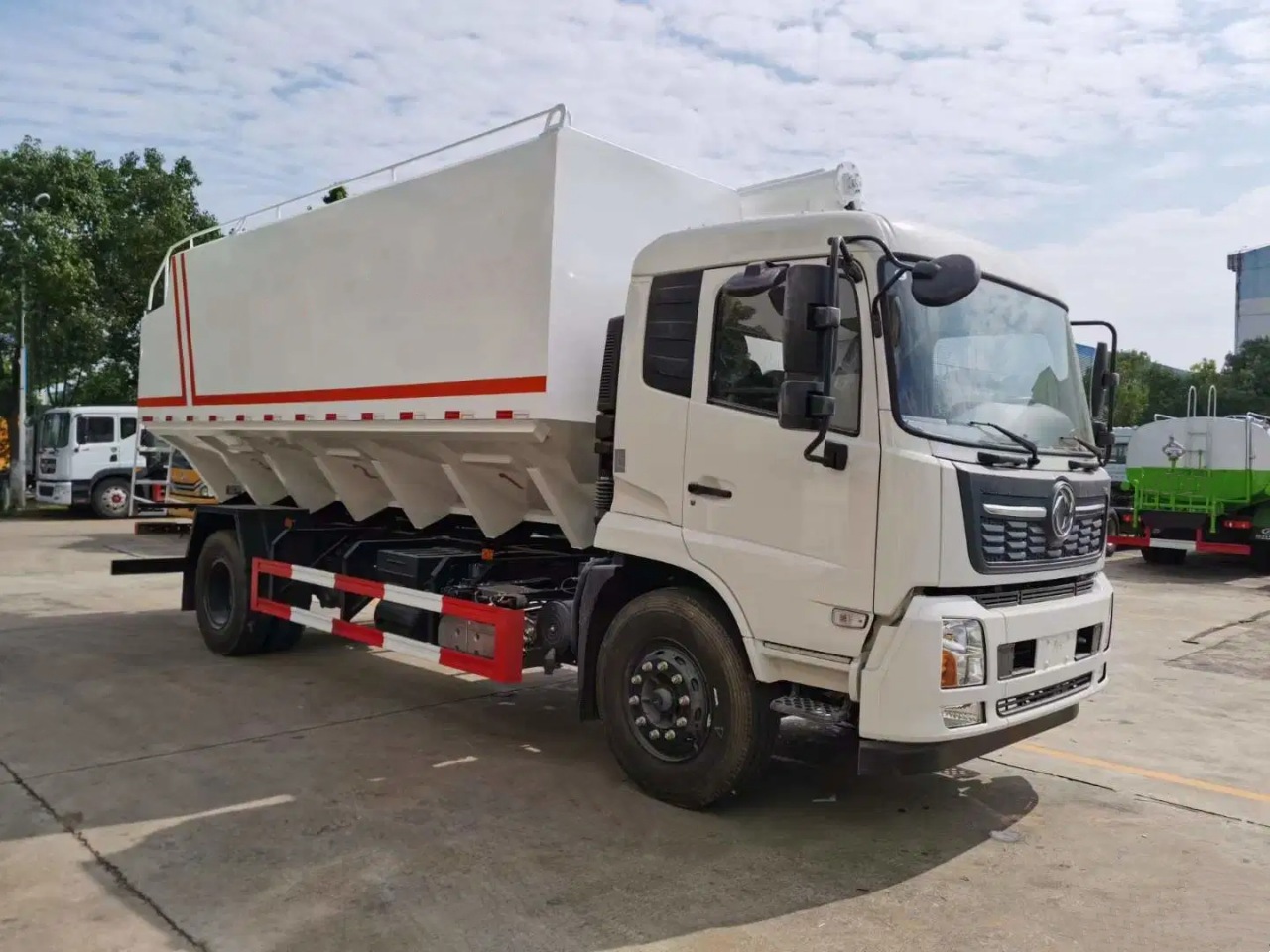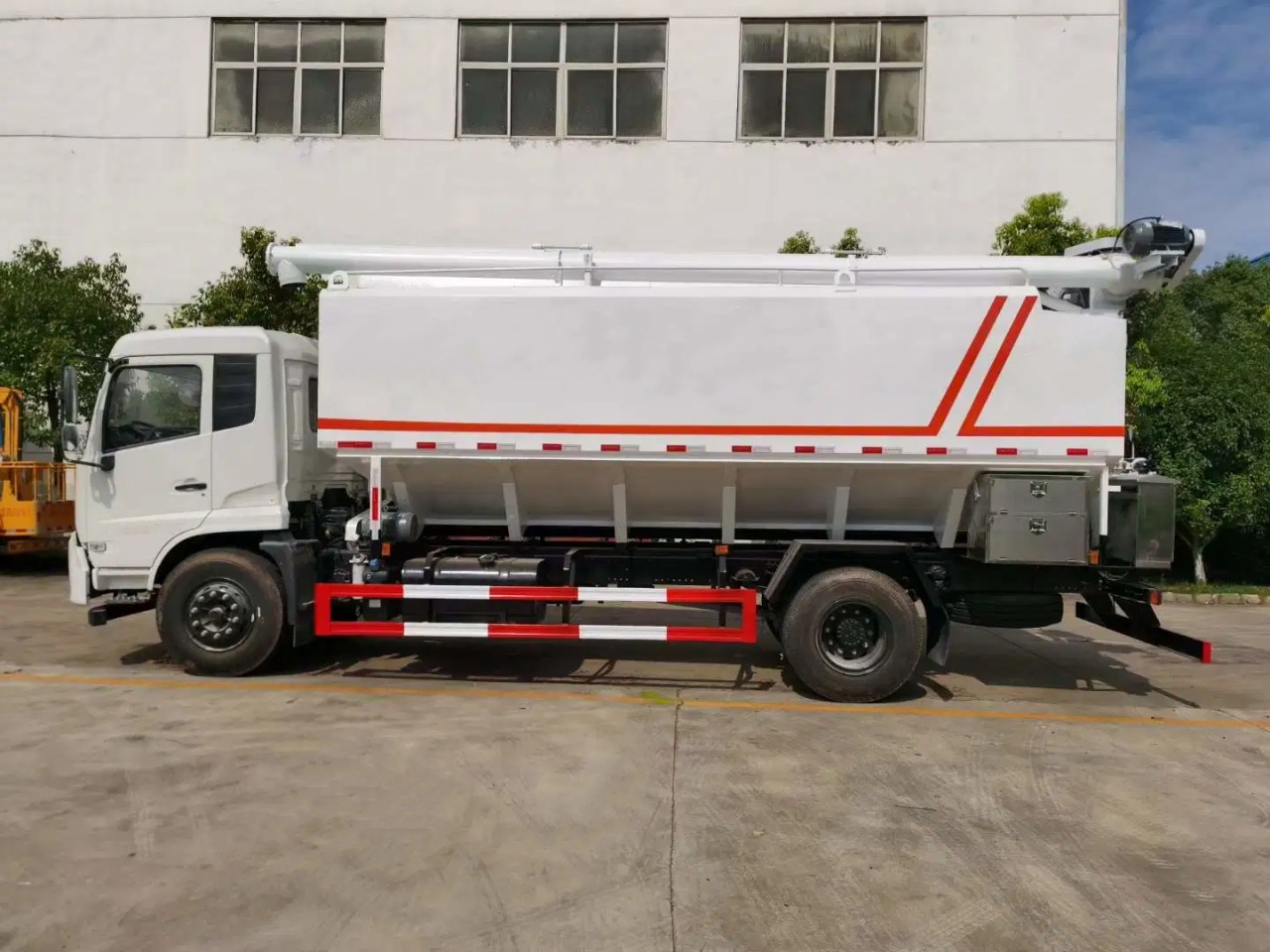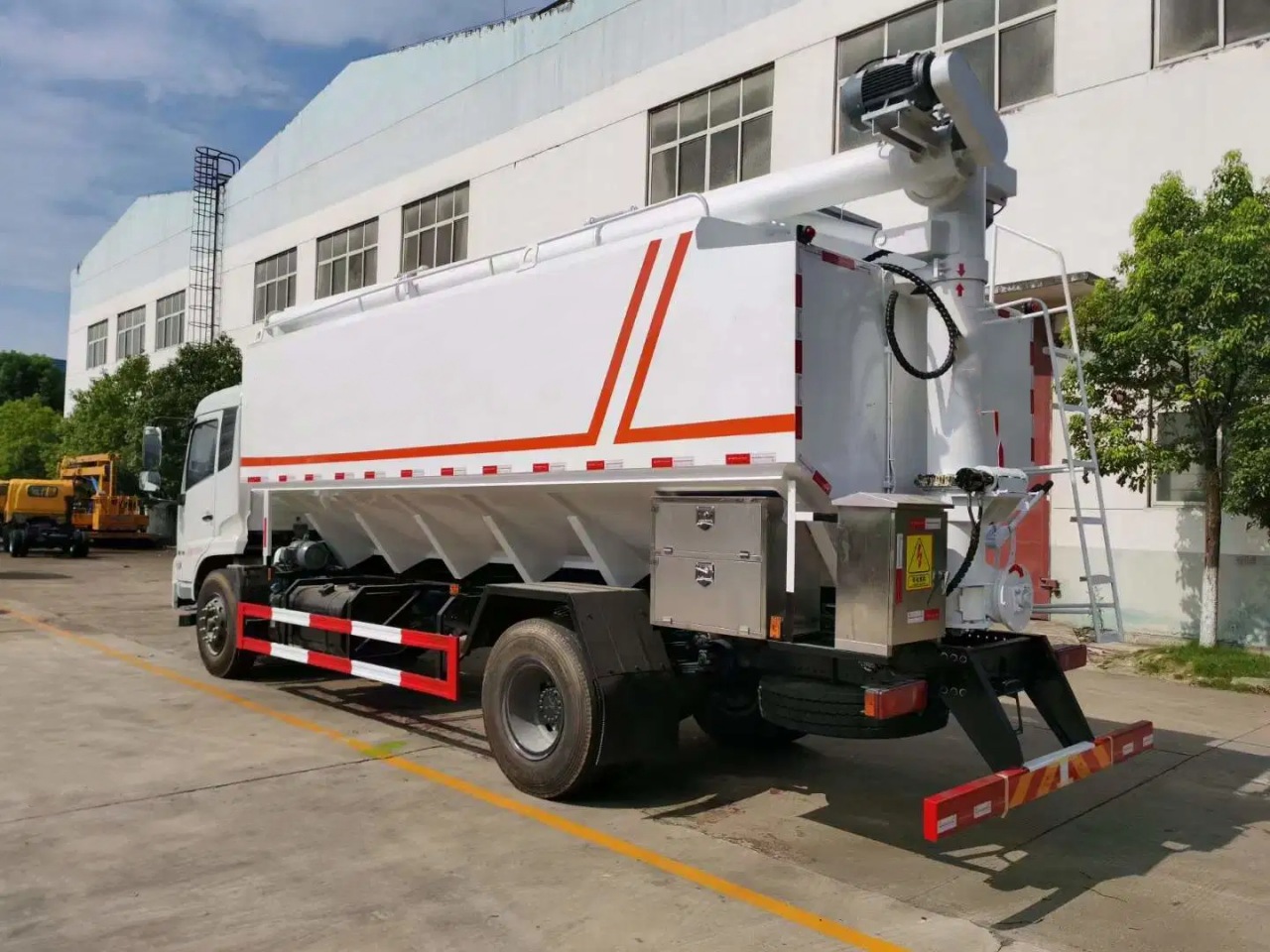Introduction
Dry bulk shipping plays a crucial role in global trade, transporting large quantities of unpackaged solid materials across land and sea. This mode of transportation is essential for various industries, including agriculture, construction, and manufacturing. Dry bulk cargo consists of granular, powdery, or lumpy materials that are typically transported in specialized bulk carriers or tank trucks. This article explores the most common products shipped in dry bulk and their significance in global commerce.
Categories of Dry Bulk Cargo
Dry bulk cargo can be classified into major and minor bulk commodities. Major bulk commodities account for the highest volume of dry bulk shipments, while minor bulk cargo consists of a diverse range of industrial and agricultural materials.

Major Bulk Commodities
- Grain and Agricultural Products
- Wheat: A staple food product shipped globally for processing into flour for bread, pasta, and other goods.
- Corn: Used for human consumption, livestock feed, and industrial applications such as ethanol production.
- Soybeans: Exported in large volumes for animal feed, oil production, and food products.
- Rice: Transported to regions where local production is insufficient to meet demand.
- Barley and Oats: Commonly used in brewing, animal feed, and food processing.
- Coal
- A major energy source used in power generation and industrial applications, particularly in steel production.
- Transported in large volumes from coal-producing countries to regions reliant on coal energy.
- Iron Ore
- Essential for steel production, iron ore is mined in massive quantities and shipped to steel mills worldwide.
- Transported mainly in large dry bulk carriers due to its high density and weight.
- Bauxite
- The primary raw material for aluminum production, bauxite is transported in bulk from mining regions to processing plants.
- Used in industries such as aerospace, construction, and packaging.
- Phosphate Rock
- A key component in fertilizer production, essential for global agriculture.
- Transported from mining locations to fertilizer plants for processing.
Minor Bulk Commodities
- Cement and Clinker
- Cement is a vital construction material used globally in infrastructure development.
- Clinker, the raw material for cement production, is transported in bulk to cement plants for final processing.
- Salt
- Used in food production, industrial applications, and de-icing roads in winter.
- Transported in dry bulk due to its crystalline structure and high demand.
- Fertilizers
- Includes potash, urea, and ammonium nitrate, essential for agricultural productivity.
- Transported in bulk to distribution centers for agricultural use.
- Sugar
- A major food commodity shipped in bulk from producing countries to processing plants.
- Used in the food and beverage industry for manufacturing a wide range of products.
- Wood Pellets and Chips
- Used for biomass energy production and paper manufacturing.
- Transported in bulk to power plants, paper mills, and other industrial facilities.
- Scrap Metal
- Recycled metal materials used in steel and aluminum production.
- Transported in bulk to smelting facilities for reuse in manufacturing.
- Gypsum
- Used in construction materials such as drywall and plaster.
- Transported in bulk from mining sites to processing plants.

Transportation Methods for Dry Bulk Cargo
Dry bulk cargo is shipped using different modes of transportation, depending on the nature of the material and the distance it needs to travel.
- Bulk Carriers
- Large vessels designed to transport dry bulk cargo over long distances.
- Include Handymax, Panamax, and Capesize vessels, each suited for different cargo volumes.
- Rail Transport
- Used for domestic transportation of bulk commodities like coal, grain, and minerals.
- Efficient for moving large quantities over land from production sites to ports or processing plants.
- Dry Bulk Tanker Trucks
- Specialized trucks designed to transport smaller quantities of dry bulk cargo over short distances.
- Commonly used for cement, grain, and industrial powders.
- Conveyor Systems
- Used in industrial facilities and ports for loading and unloading bulk materials.
- Efficient for moving commodities such as coal, iron ore, and grain between storage and transportation hubs.
Challenges in Dry Bulk Shipping
- Storage and Handling
- Proper storage facilities are required to prevent contamination and spoilage, particularly for agricultural products.
- Dust suppression is necessary for materials like cement and coal to minimize environmental impact.
- Moisture Sensitivity
- Some bulk materials, such as grain and fertilizers, are highly sensitive to moisture and require careful handling.
- Weatherproof storage and transportation solutions are essential to maintain quality.
- Regulatory Compliance
- International regulations govern the transportation of bulk cargo to ensure safety and environmental protection.
- Compliance with standards such as the International Maritime Solid Bulk Cargoes (IMSBC) Code is necessary.
- Fluctuations in Demand
- Economic conditions and seasonal variations impact the demand for bulk commodities.
- Shipping companies must adapt to market fluctuations to optimize logistics and costs.

Conclusion
Dry bulk shipping is a critical component of global trade, facilitating the movement of essential raw materials and commodities across industries. From agricultural products like wheat and soybeans to industrial materials such as iron ore and cement, dry bulk cargo supports economic growth and infrastructure development worldwide. As industries continue to evolve, advancements in dry bulk transportation methods will further enhance efficiency and sustainability in this vital sector.

